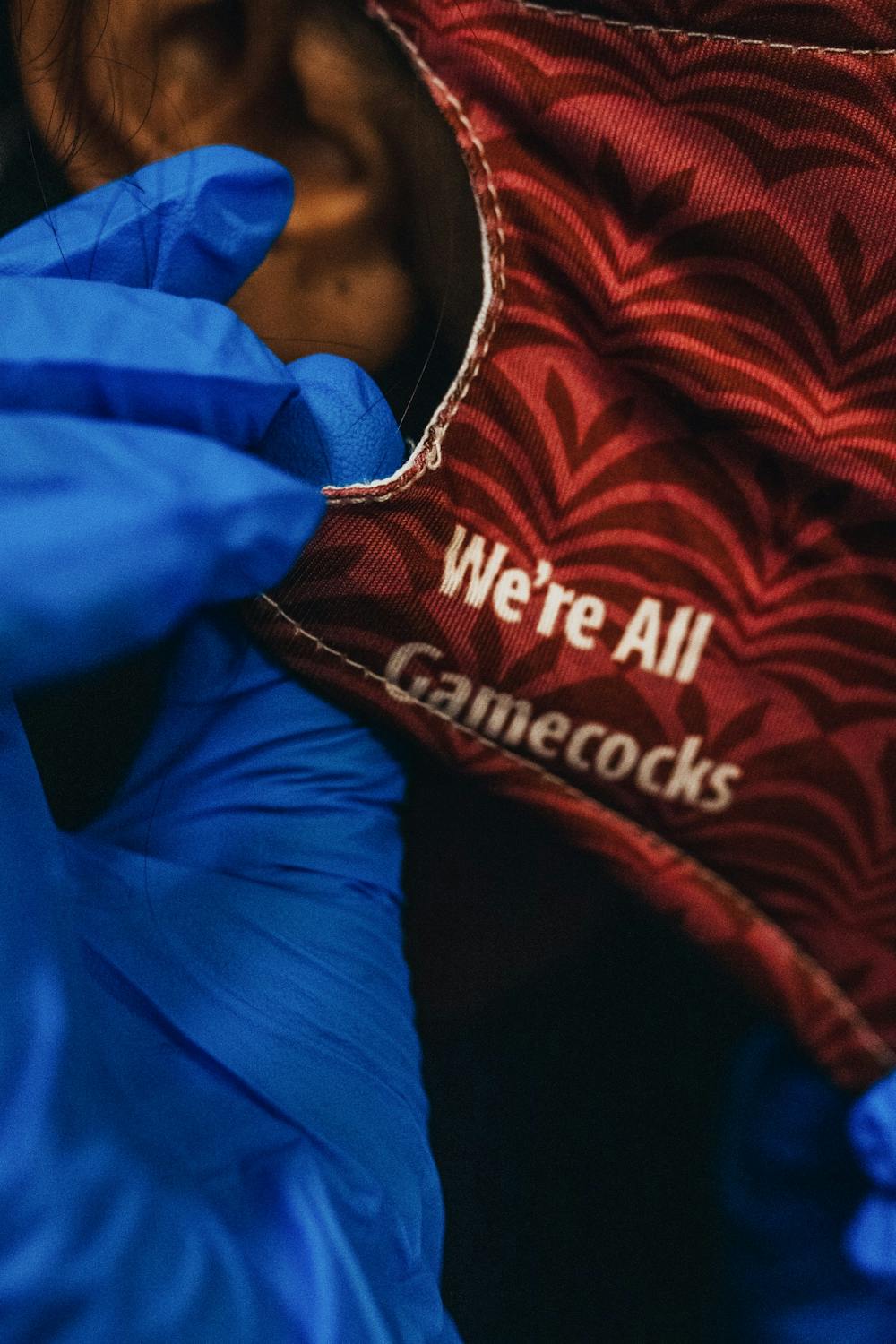When the FDA approved the Pfizer/BioNTech COVID-19 vaccination for public use in December of 2020, there was a sigh of relief felt around the country and the world. Soon after its release, both Moderna and Johnson & Johnson released similar vaccines. Now, in March 2021, these vaccines are finally becoming more accessible to the general public, beyond essential workers and those with pre-existing conditions. With around 14% of the population vaccinated in late March 2021, things are starting to look up. Even though students on campus have begun getting vaccinated, not every student is jumping in line to get their shot next. However, some are committed to getting involved in the vaccination process.
Susan Swavely and Lilly Heidari, two senior UofSC students, have both volunteered at Prisma Health clinics administering the vaccine. Some clinics were in desperate need of bilingual (specifically English and Spanish) volunteers as they didn’t have enough on-site staff that could speak both languages. Heidari, after being informed of her friend’s choice to volunteer, decided that “it would be great to give back to the community,” and said she “very much wanted to be vaccinated” herself.
Swavely recalled her experience getting the vaccine as very easy. As she was already volunteering that day, she just went over to the small tents that they had set up, and a National Guard officer administered her first dose. Her second dose, as she remembers, was the more traditional drive-thru process. “You drive through the front, sign some consent forms, it’s super easy,” Swavely said. She remembers rolling down her window, getting the shot, and then waiting for about fifteen minutes to ensure there was no reaction before leaving. As for post-vaccination symptoms, she recalls feeling a little achy, experiencing some muscle pain and fatigue. “It was the most painless vaccine I’ve ever gotten.”
Their duties at the clinic were similar. “For the most part, I worked as traffic control and at the consent station, telling people what to expect, wait time, asking if they’re allergic or have preexisting conditions,” Swavely said. The clinic catered to those with alternative needs or conditions, providing a hearing aid walkie-talkie with disposable earbuds for those who were hard of hearing and an iPad with language translation services installed.
“Seeing how it was at the beginning versus seeing it now is so different,” Heidari said, a reference to the frequent miscommunication involved in the clinic’s earlier days administering the vaccine. Some patients would have gotten their first dose of the Moderna vaccine, even though they were giving Pfizer. They remembered one day at the beginning where they forgot to print the consent form in Spanish. Swavely agreed with Heidari’s sentiment, saying that “there was a lot of hectic chaos at the beginning, which I expected because we’re building the plane as we fly.”
Dr. Deborah Beck, Chief Health Officer & Associate Vice President Health and Well-Being for UofSC is one of the leading figures in campus COVID-19 response. Familiar with emergency response in her 15 years of service to the university, she helped lead the H1N1 pandemic response in 2009 and was also the first to do a drive-through vaccination process in the state of South Carolina.
When outlining the response team, she reflected on the importance of the various perspectives. “We have a president who is so accustomed to managing crises and emergency response, and we have over 400 students, faculty, and staff who came together in teams to develop these plans,” Dr. Beck said. Dr. Beck is a self-proclaimed “student advocate, especially when it comes to public health” and was more than willing to let the eager student volunteers help out. "The pandemic created a lot of emotion and anxiety, but it’s also provided a lot of teamwork and compassion. Every day, I’m researching how many cases, deaths, and hospitalizations," Beck said. “It just makes me realize how fortunate we are and how we need to provide compassion and assistance.”
Swavely encourages others to get the vaccine. “A lot of people distrust the government right now, but this was created by science,” Swavely said. She emphasizes that vaccination will help people and that you would be doing “a good to yourself, a good to the community, and a good to the world by getting it.”
Heidari agreed. “If you’re worried about the symptoms, the vaccine will be the worst you can do. It’s better than getting the disease,” Heidari said. “Thank the people who are administering, thank the health care providers because they’re doing a lot.”
Dr. Beck defines the apprehension around getting the vaccine as vaccine hesitancy. “Many people are concerned because the vaccine was created so quickly. Most people don’t want to do it because of the unknown,” Beck said. She emphasized that vaccination is good not just for your health, but for the health of others with higher risk factors. “Do it for the people you love. Do uncomfortable things to protect them.” Although the road to vaccination might seem daunting, these three want to ensure that it isn’t actually all that bad.



